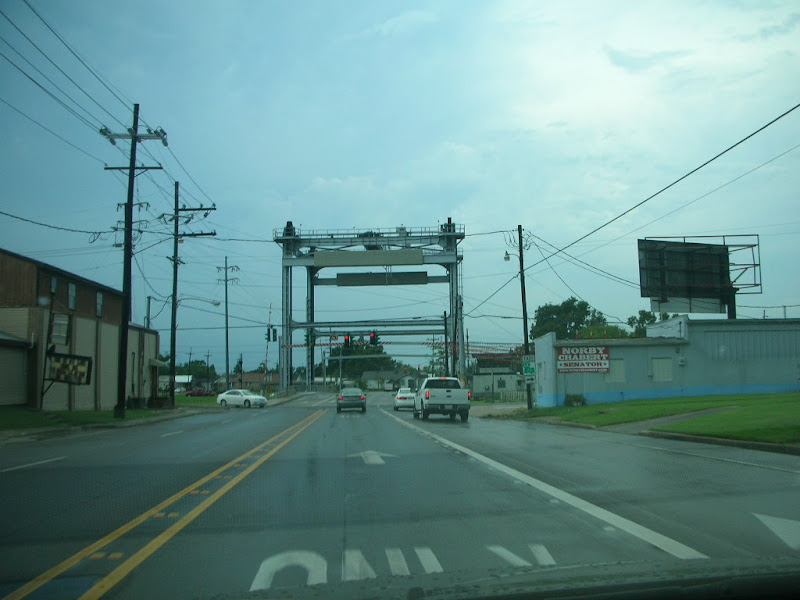The comments in the last thread reminded me of one of the most eye-opening experiences of my travels. Several months ago, I had an appointment in Le Moyen, LA. The appointment was scheduled for late morning, and in advance of the meeting, I had offered to buy lunch afterward. Almost immediately after offering to take this person to lunch, I asked myself, "okay, but where are you going to go to lunch in Le Moyen?"
Some Google searching revealed that the closest restaurants to the meeting location were a Burger King and Pizza Hut, both of which were a good 20-30 minutes away. I figured the Pizza Hut was the more likely option. Certainly a long way from some of the places I used to go to eat with clients in Chicago, but it could be worse, I told myself.
As I drove to the meeting, I didn't notice any restaurants anywhere near the meeting location. I had been thinking about the lunch a lot in the days leading up to the meeting, and figured that I would just let the client tell me where she wanted to go. The meeting went well and she told me to get in my car and follow her to the lunch location.
We pulled out onto the two-lane highway, back in the direction I had come from. The only place I had passed was a gas station. I started to get a sinking feeling, that I was going to end up eating in a smoky, smelly gas station... you know, like the awful ones where you stop to use the restroom on a road trip?
Sure enough, this is where we stopped, a place called Stelly's:

I don't know what's more amazing - that I was able to find an image of Stelly's on Google Street View, or the fact that it was one of the most satisfying meals I've had since I've been here. Stelly's is, in fact, attached to a Shell station, and yes, I had to pass beef jerky and Copenhagen to get to my table. But the people at Stelly's were extremely nice - even to the guy wearing a dress shirt and slacks and driving a European car. And the food... delicious fried chicken, savory white beans, some sort of creamy, cheesy smothered potatoes, seasoned rice, and a biscuit... all washed down with a cold glass of sweet tea. Down home southern cooking at it's finest, and I cleaned my plate.
A few years ago, I would have never imagined myself making the kind of trip I did that day. My visit to Stelly's was one of many defining experiences over my first three years in South Louisiana, and one of the many experiences that taught me to lose the snobbiness and pretense that comes with being, well, a "Yankee," I guess. Yes, the South has its issues and not all the stereotypes are false. It has been a struggle at times for me to look beyond my preconceived notions. But one of the things I'm most proud of is how I've started to be able to lose the pretense, roll up my sleeves, and just enjoy the simple pleasures of good food, good company, and "les bons temps."











